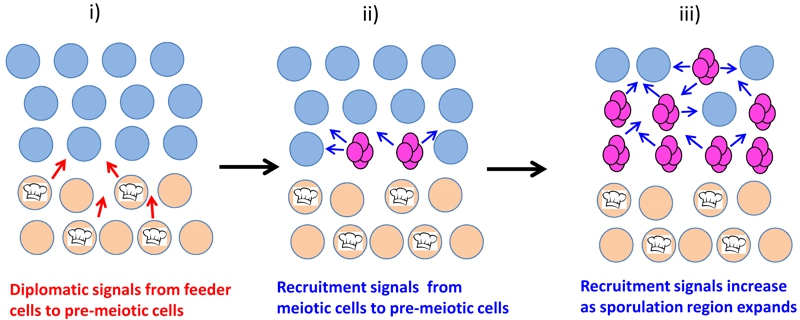FIGURE 5: Recruitment and diplomatic signals combine to partition colonies into regions adopting different fates.
(i) After growth of colony is complete, cells in the underlying cell layer (beige) differentiate into a type of quiescent cells termed “feeder cells”. Feeder cells (designated by a chef’s hat) remain viable but have increased permeability, allowing them to provide nutrients and/or other signals (red arrows) to the overlying layer of cells (light blue).
(ii) These “diplomatic signals” between regions of the yeast community promote sporulation in upper layer cells near the border (tetrad asci are shown in magenta). As these first cells sporulate, continued respiration of acetate in these cells causes alkalization of the microenvironment. The alkali produced by sporulating cells is a “recruitment signal” (blue arrows) to trigger sporulation in surrounding cells in this layer.
(iii) This intercellular positive feedback loop involving sporulation and alkalization results in an upward wave of sporulation eventually including the entire upper region of the colony.

